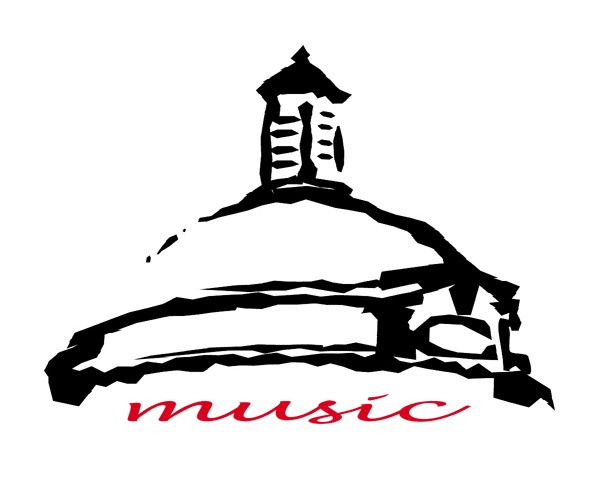UNDERGRADUATE
MUSI2084 Books, Images, and Artifacts: historical sources for Asian music
Course Type: disciplinary elective for music majors/minors, free elective for others
Prerequisite: NIL
Prerequisite: NIL
Instructor: Professor YANG Yuanzheng
Semester: Second Semester 2024/25
Time: 10:30am–12:20pm, Tuesday
Venue: CRT-11.01 Seminar Room
Semester: Second Semester 2024/25
Time: 10:30am–12:20pm, Tuesday
Venue: CRT-11.01 Seminar Room
This course will take you to the heart of how music history is written. What are the raw materials from which the timeline of human discourse is constructed? When were the sources written, where did they come from? Who wrote them and why? Are the sources and their interpretation trustworthy? Depictions in the visual arts tell their own story too, especially in respect of instrumental technique, ensemble formation, social context, and performance practice. For the most ancient types of music, archaeological artifacts are the only sources that scholars can deploy. Where were the artifacts excavated? What were their conditions? Were similar objects recovered elsewhere? How can these treasured items be preserved from degradation? By answering these questions, this course explores the material culture of music from pre-modern China and her neighbouring countries. Emphasis will be on the fields of organology, archaeology, source studies, ritual studies, as well as collecting and archiving.
Upon successful completion of this course, students will be able to:
- demonstrate an understanding of the study of manuscripts, print sources, instruments and other physical media associated with the production and reception of music;
- examine critically the materiality of music and its artifacts as an explicit part of culture.
Weekly Tasks 30%
Course Presentation 20%
Research Essay 50%
Course Presentation 20%
Research Essay 50%
- music and material culture
- musical archaeology
- manuscripts and prints
- musical instruments
- paintings and other physical media of music
- Bagley, Robert. “The Prehistory of Chinese Music Theory.” Proceedings of the British Academy 131 (2004): 41-90.
- DeWoskin, Kenneth J. “Echoes of Deep Antiquity: Chinese Music Archaeology.” Asian Art 3.2 (1990): 18-41.
- Edgren, Sören. Chinese Rare Books in American Collections. New York City: China House Gallery and China Institute in America, 1984.
- Falkenhausen, Lothar von. Suspended Music: Chime-bells in the Culture of Bronze Age China. Berkeley: University of California Press, 1993.
- Huehns, Colin. “Dating Old Huqin.” Journal of the American Musical Instrument Society 28 (2002): 118-273.
- Lam, Joseph S. C. “Chinese Music Historiography: From Yang Yinliu’s A Draft History of Ancient Chinese Music to Confucian Classics.” ACMR Reports 8.2 (1995): 1-45.
- Lawergren, Bo. “Music on Japanese Raigō Images 700–1700 and Chinese Influences.” In Medieval Sacred Chant: from Japan to Portugal, edited by Manuel Pedro Ferreira, 45-89. Lisbon: Edicoes Colibri, 2008.
- So, Jenny, ed. Music in the Age of Confucius. Washington, D.C.: Freer Gallery of Art and Arthur M. Sackler Gallery, 2000.
- Watt, James C. Y. “Antiquarianism and Naturalism.” In Possessing the Past: Treasures from the National Palace Museum, Taipei, edited by Wen Fong and James C. Y. Watt, 219-255. New York: Metropolitan Museum of Art, 1996.
- Yang, Yuanzheng. Plum Blossom on the Far Side of the Stream: The Renaissance of Jiang Kui’s Lyric Oeuvre with Facsimiles and a New Critical Edition of The Songs of the Whitestone Daoist. Hong Kong: Hong Kong University Press, 2019.
- Yang, Yuanzheng. Chinese Music in Print: From the Great Sage to the Lady Literata. Hong Kong: Hong Kong University Press, 2023.
